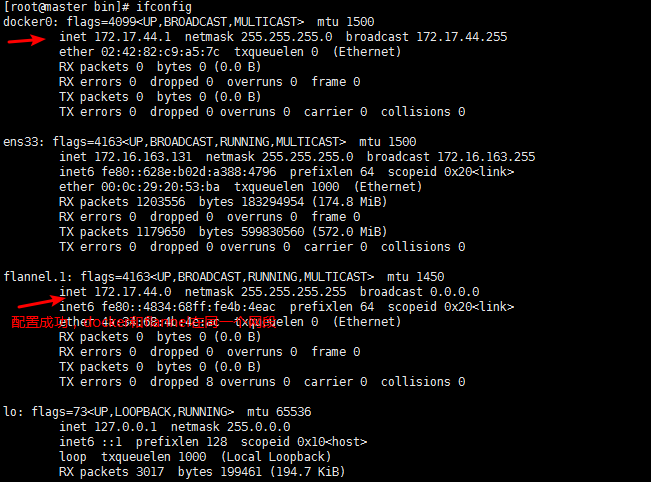Lets say I have a function that is nlogn in space requirements, I want to work out the maximum size of input for that function for a given available space. i.e. I want to find n where nlogn=c.
I followed an approach to calculate n, that looks like this in R:
step = function(R, z) { log(log(R)-z)}
guess = function(R) log(log(R))
inverse_nlogn = function(R, accuracy=1e-10) {
zi_1 = 0
z = guess(R)
while(abs(z - zi_1)>accuracy) {
zi_1 = z
z = step(R, z)
}
exp(exp(z))
}
But I can't get understand why it must be solved iteratively. For the range we are interested (n>1), the function is non singular.
There's nothing special about n log n — nearly all elementary functions fail to have elementary inverses, and so have to be solved by some other means: bisection, Newton's method, Lagrange inversion theorem, series reversion, Lambert W function...
As Gareth hinted the Lambert W function (eg here) gets you almost there, indeed n = c/W(c)
A wee google found this, which might be helpful.
Following up (being completely explicit):
library(emdbook)
n <- 2.5
c <- 2.5*log(2.5)
exp(lambertW(c)) ## 2.5
library(gsl)
exp(lambert_W0(c)) ## 2.5
There are probably minor differences in speed, accuracy, etc. of the two implementations. I haven't tested/benchmarked them extensively. (Now that I tried
library(sos)
findFn("lambert W")
I discover that it's implemented all over the place: the games package, and a whole package that's called LambertW ...






